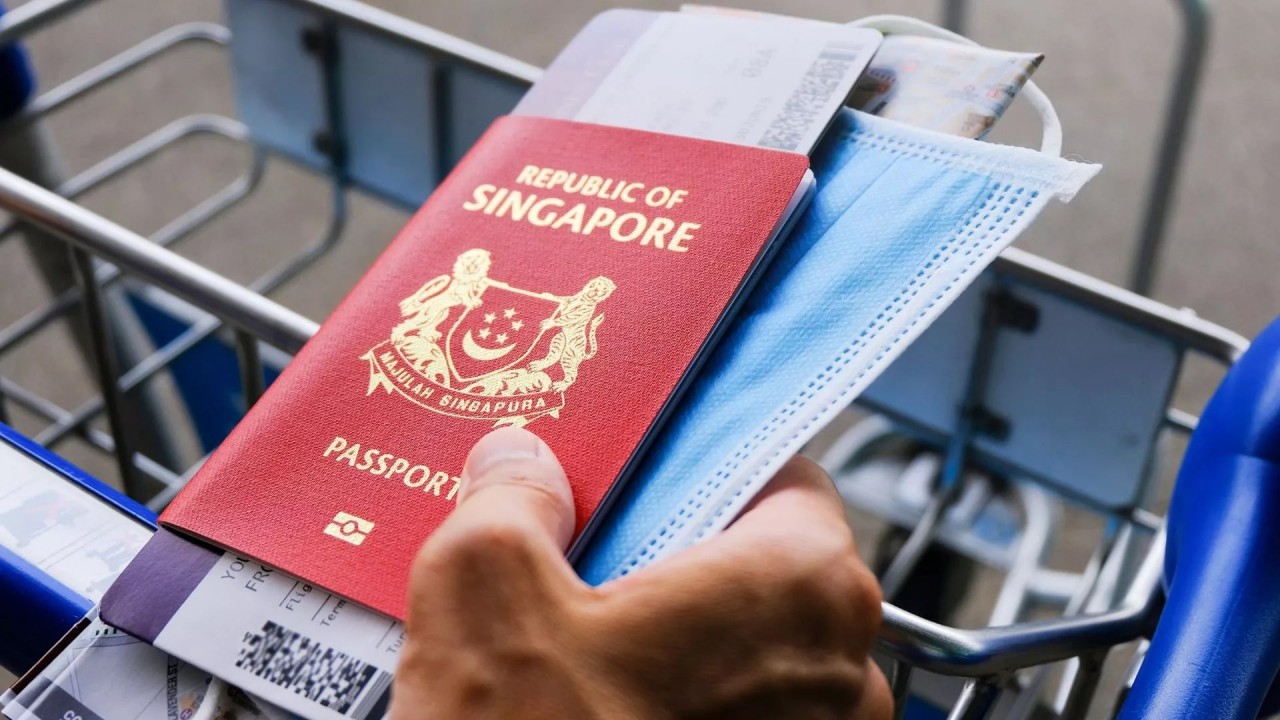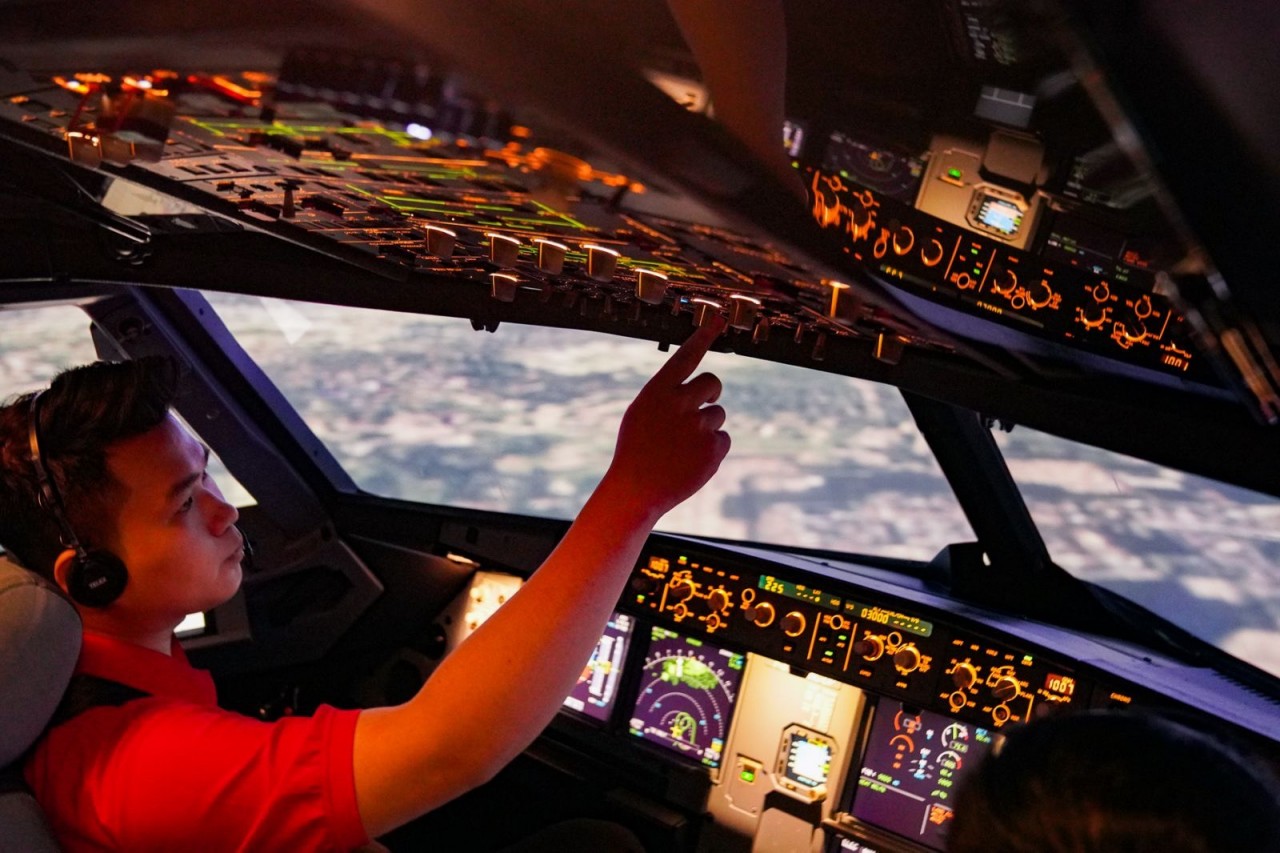A Journey To Mysterious Transnistria: A Nation That Does Not Officially Exist in World Map
Transnistria, in English, also referred to as Pridnestrovie, officially the Pridnestrovian Moldavian Republic is a de facto state in Eastern Europe that is internationally recognized as part of Moldova. No UN member state recognizes Transnistria, only three UN non-member states (South Ossetia, Abkhazia, Republic of Artsakh (Nagorno-Karabakh)). It roughly corresponds to the territory between the Dniester River and Ukraine with the notable exception of Bendery on the right bank of the Dniester.
Unrecognized as a nation by any member of the United Nations despite declaring its independence in 1990, a year before the Soviet Union crumbled, Transnistria is a wonderfully peculiar place. Less than 70km southeast of the Moldovan capital of Chisinau, Tiraspol (pop: 130,000) is often described as being stuck in the USSR. Indeed, from the imperious statue of Lenin guarding Transnistria’s Brutalist parliament building to its streets named after Communist luminaries and significant dates, it’s certainly not short on Soviet-era relics.
History of Transnistria
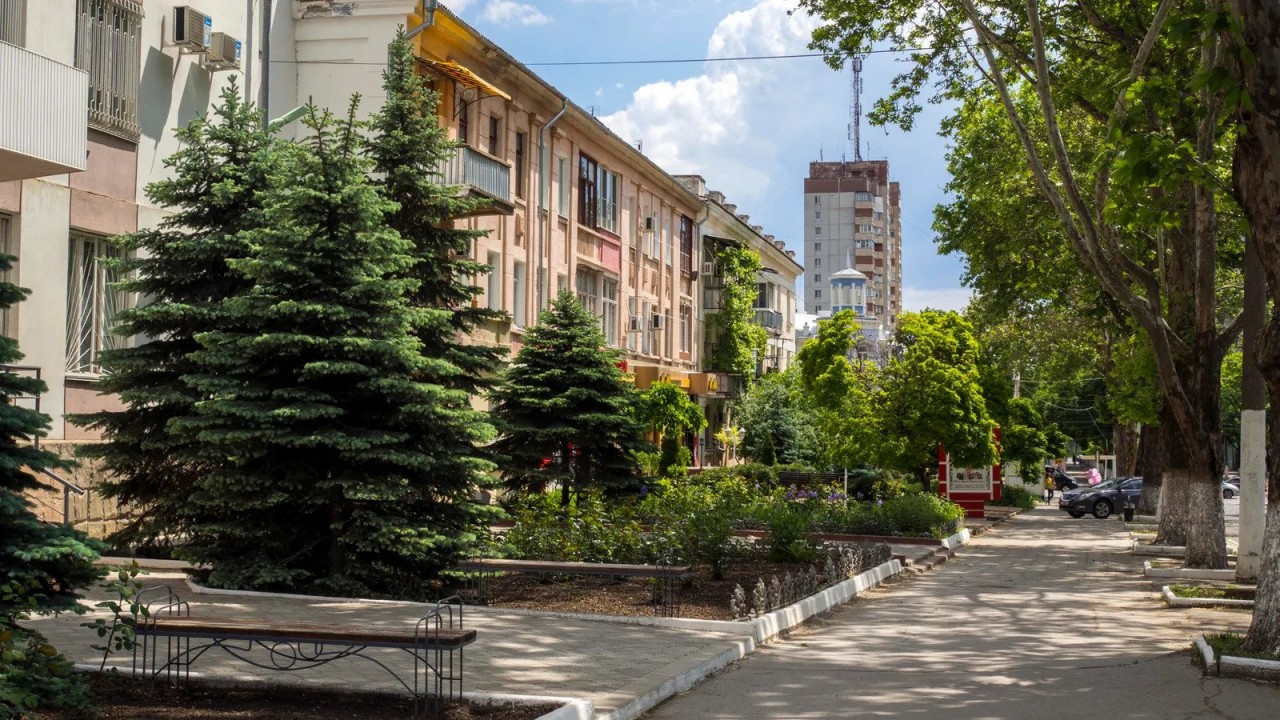 |
| Transnistria does not officially exist, but it has its own government, currency and passport (Credit: Leisa Tyler/Getty Images) |
Transnistria was an early crossroads of people, cultures, and empires from the Slavs to the Ottoman Empire. The modern history of Transnistria began when the territory was incorporated into the Moldavian ASSR of Ukrainian SSR around 1924.
During the 1920s and 1930s, 20,000 Romanians living in Transnistria fled to Romania. By 1935 the MASSR had a mixed Ukrainian (46%) and Moldovan (32%) population, which was estimated at 545,500. Under the Stalinist rule, populations who were not Ukrainian, Russian, or Romanian were pressured to russify, and their numbers would decline further. After a brief initial period of liberalization and freedom, groups such as the Poles in the Soviet Union were subject to harassment, dispersal, and mass terror. This trend increased in the late 1930s, as a result of the 1937-8 Polish Operation of the NKVD as well as the ceasing of educational instruction in the Moldavian ASSR for all non-Romanians populations in their native languages which was replaced by Russian, according to Young Pioneers Tours.
In 1941, Transnistria was conquered during Operation Barbarossa largely by Fascist Romanian forces. The Soviet Union regained the area in spring 1944 when the Soviet Army advanced into the territory driving out the Axis forces. Many thousands of Romanians of Transnistria were killed or deported to gulags. Transnistria was then incorporated into the Moldovan SSR.
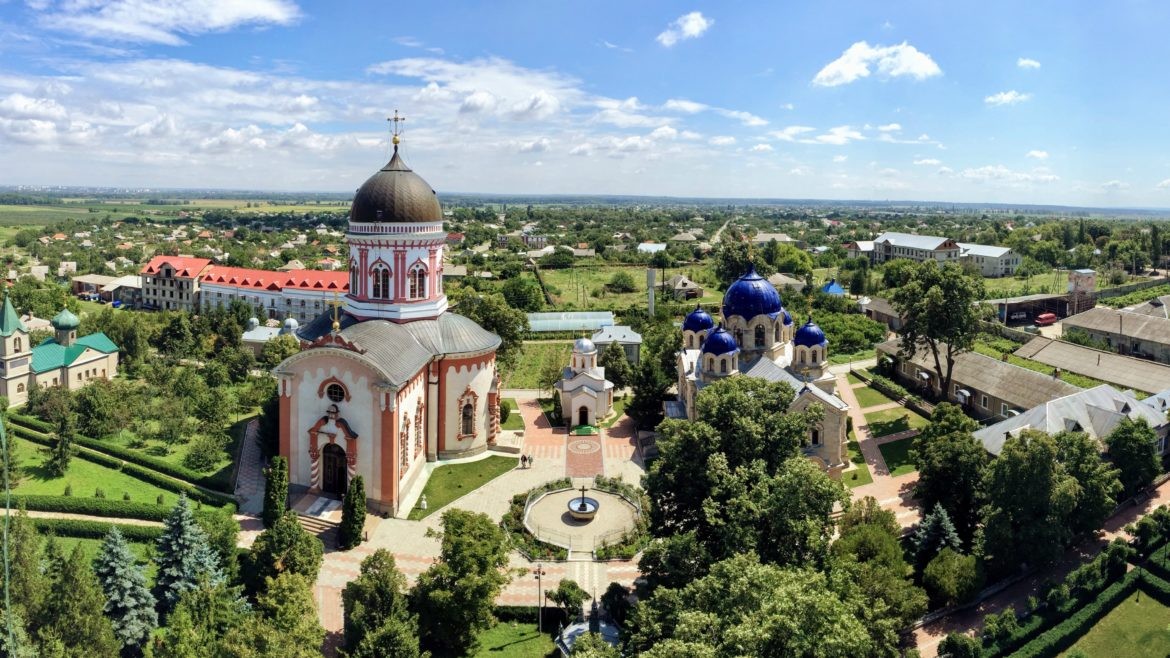 |
| Photo: Intrepid Travel |
After WW2, the Moldavian SSR became the subject of a systematic policy of Russification. Cyrillic was made the official script for Moldavian. The industrial areas in the Moldavian SSR were concentrated in Transnistria, while the rest of Moldova had a predominantly agricultural economy. By 1990, Transnistria accounted for 40% of Moldavia’s GDP and 90% of its electricity production.
On 2 September 1990, the Pridnestrovian Moldavian Soviet Socialist Republic was unilaterally proclaimed as the Soviet Republic separate from Moldova by the “Second Congress of the Peoples’ Representatives of Pridnestrovie”. However, on 22 December, the Soviet President Mikhail Gorbachev signed a decree “regarding the measures that would bring the situation back to normal in the Moldavian SSR”. The decision stated that the proclamation of the Pridnestrovian Moldavian SSR was null and void.
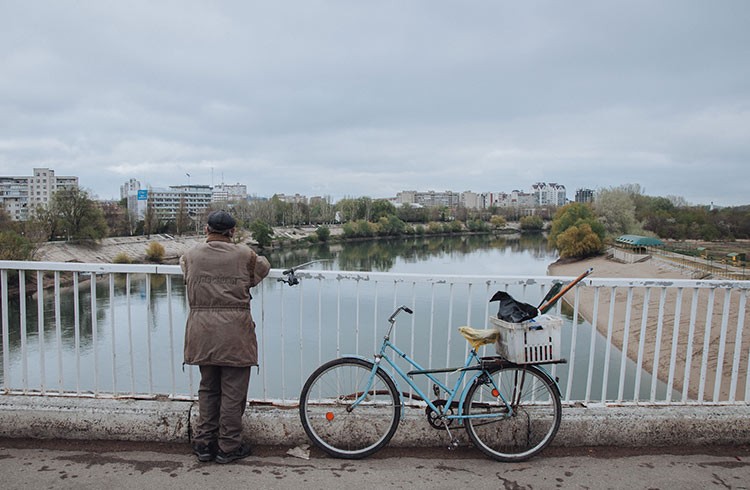 |
| Photo: World Nomads |
After Moldova became a member of the United Nations on 2 March 1992, then Moldovan President Mircea Snegur authorized military action against PMR forces which had been attacking police outposts loyal to the Moldovan government on the left bank of the River Dniester, and on a smaller section of the right bank around the southern city of Bendery. The PMR forces, aided by contingents of Russian Cossacks and the Russian 14th Army, consolidated their control over most of the disputed area.
Forces of the 14th Army stationed in Transnistria fought with and on behalf of the PMR side. PMR units were able to arm themselves with weapons taken from the stores of the 14th Army. The Russian 14th Army’s role in the area was crucial to the outcome of the war. The Moldovan army was in a position of inferiority which prevented it from regaining control of Transnistria. A cease-fire agreement was signed on 21 July 1992.
Things to do in Transnistria
Try brandy and caviar
 |
| Photo: The Alternative Travel Guide |
There are some modern sights to see in Transnistria though, such as the state-of-the-art Sheriff stadium and sports complex, which includes four arenas, eight full-size training fields, a children’s football academy, and the FC Sheriff football players’ complex.
You can also take a tour of the Aquatir complex, one of the largest sturgeon breeding facilities and black caviar-processing industrial parks in Europe. Or discover how cognac is made at the legendary Kvint Brandy Factory.
The factory has produced its award-winning Kvint brandy for over 120 years, as well as vodka, gin and wines.
The lively Zeleni Green market has been a landmark of the city for over 220 years. Here you will find fresh fruit and vegetables, meat, fish, dairy products and clothes at cheap prices.
Visit the Nativity of Christ Cathedral
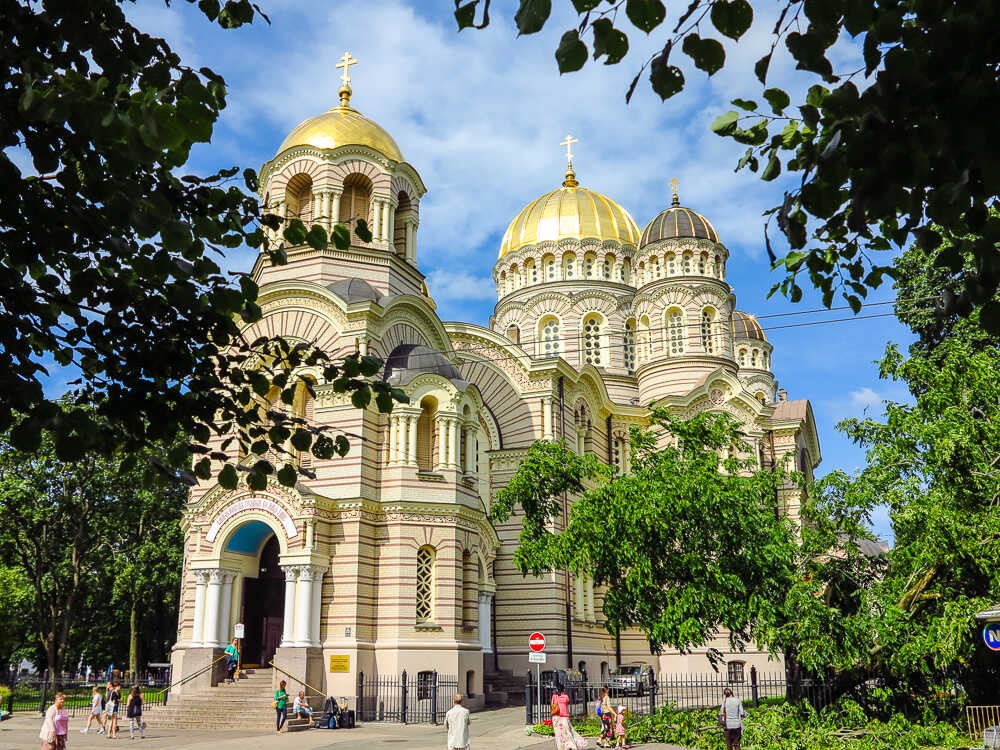 |
| Photo: Secret World |
The Nativity of Christ Cathedral of the Tiraspol and Dubossary Diocese is the center of Orthodox life in Pridnestrovie.
The church was built in 1998-2000 under the project of Tiraspol architect P.G. Yablonsky, who based upon the church architecture of Ancient Rus. The cathedral was decorated by luxurious
spherical domes, stained-glass arched windows, and the distinctive shape of the walls: the top of each is made in the form of several arches of different sizes. The first Divine Liturgy in the сathedral took place in August 1999, and the following year it was consecrated.
Next to the cathedral is the building of the parish house, which houses the Sunday school, the cathedral library, and cells for clerics.
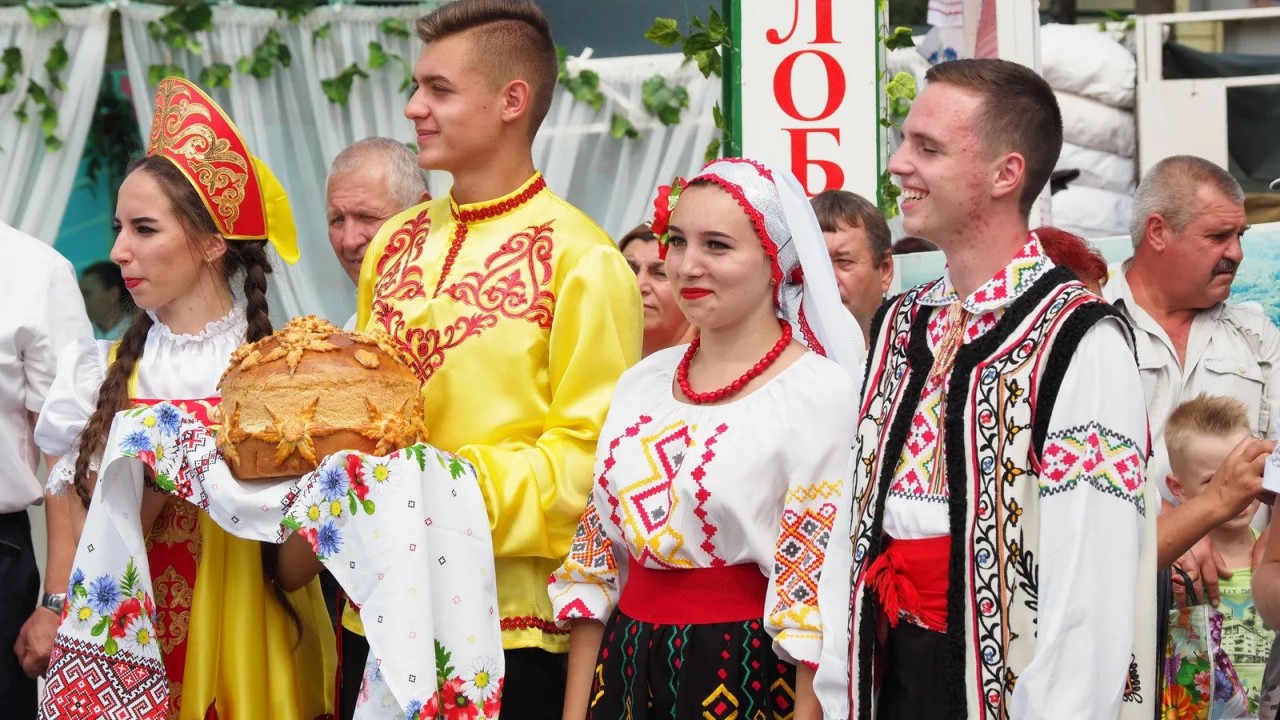 |
| On Independence Day, many locals wear colorfully embroidered traditional regional dresses (Credit: Sarah Reid) |
In the heart of Tiraspol is Suvorov Square, which was called the Square of Stalin's Constitution in Soviet times, according to Euro News.
Here you'll find many monuments, including the statue of Alexander Suvorov, the last Generalissimo of the Russian Empire in the 17th century.
The square is next to Catherine Park, named after the Russian empress who signed the decree to found Tiraspol.
The Art Nouveau Museum of Local History - also known as Tiraspol United Museum - features exhibits reflecting different periods of life in the region.
Bendery Fortress
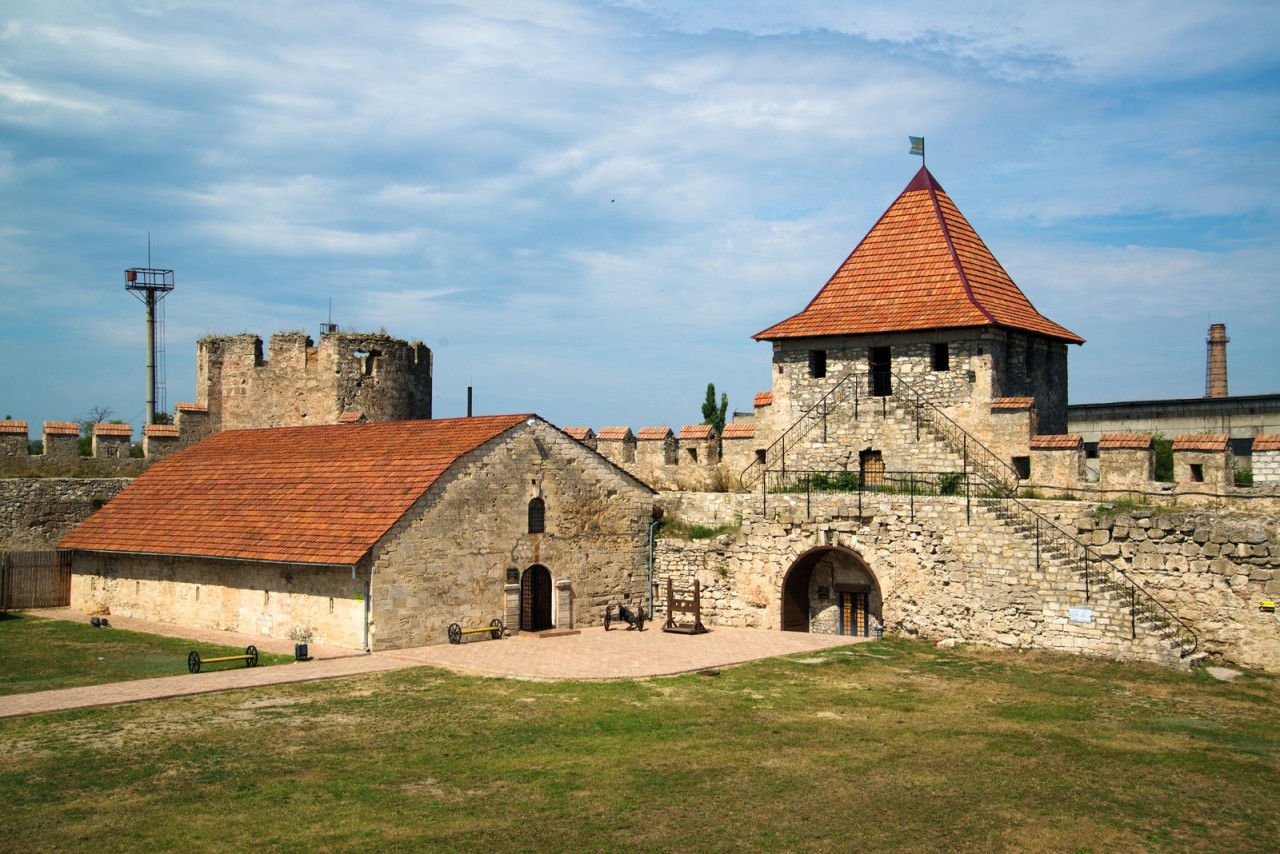 |
| Photo: Itinari.com |
This impressive Ottoman fortress, outside the center near the Bendery–Tiraspol bridge, was built in the 16th century and saw keen fighting between Turkish and Russian forces before falling to Tsarist Russia permanently in the early 19th century. You can walk along the ramparts taking in the fine views of the Dniestr River, have a picnic on the grounds, and visit several museums on-site that document the fort's long and rich history, according to Lonely Planet.
For years this was a functioning Russian army base and off-limits to the public. With the recent thaw between Chisiņau and Tiraspol, the castle complex has been given completely over to tourism.
A new hotel marks the entrance to the complex near the bridge, about a 15-minute walk from the center of town. From the entrance, it's a five-minute walk to the fort past the glistening domes of the restored Alexander Nevsky Church. If arriving by bus from Tiraspol, alight at the first stop after the bridge and backtrack to the entrance.
Best time to visit Transnistria
For the true Soviet vibe, winter is a good time to visit Transnistria. If you want the Russian party atmosphere that fills the evenings in summer, then the warm season is for you. However, if you want to catch one of the infamous military parades Transnistria is famous for then you need to visit in either May or September. 9th of May sees the republic celebrate Victory Day which is the anniversary of the defeat of Nazi Germany in the Second World War. The 2nd of September is Transnistria independence day, both events are marked with nationwide celebrations and of course, a Soviet military parade, according to Young Pioneers Groups.
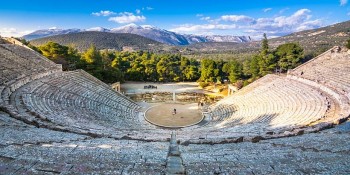 | Interesting Facts About The Mysterious Ancient Theater In Greece The ancient theater of Epidaurus, which was built in the 4th century BC by Polykleitos the Younger, is the most beautiful and well-preserved historical site ... |
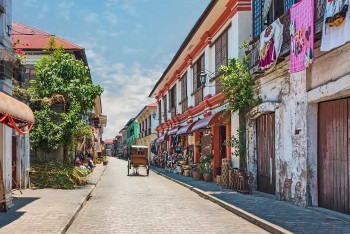 | A Trip To The Past: Visit The Century-Old Spanish Colonial Town In Philippines Being built in 16th Century with impressive ancient architecture, Vigan City has become a beautiful tourist attraction in the Philippines, where tourists can take a ... |
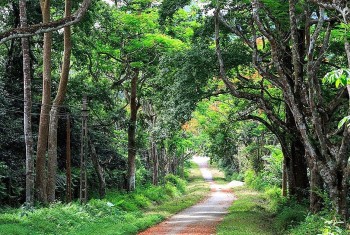 | Cuc Phuong Named Asia’s Leading National Park Cuc Phuong National Park, one of the most famous destinations in Vietnam, has been called "Asia's Leading National Park" at the 2021 World Travel Awards. |
Recommended
 Travel
Travel
Vietnam Through Australian Eyes: Land of Flavor, Warmth, and Timeless Charm
 Travel
Travel
Strategies for Sustainable Growth of Vietnam’s Tourism from International Markets
 Travel
Travel
Vietnam Strengthens Its Presence On The Global Tourism Map
 Multimedia
Multimedia
Phong Nha-Ke Bang National Park Named Top Adventure Travel Site
Popular article
 Travel
Travel
Vietnam Welcomes Record-High Number of International Visitors
 Travel
Travel
Luxury Train From Hanoi To Hai Phong To Be Launched In May
 Travel
Travel
Phong Nha Named Top Budget-Friendly Travel Destination for Spring 2025: Agoda
 Travel
Travel






